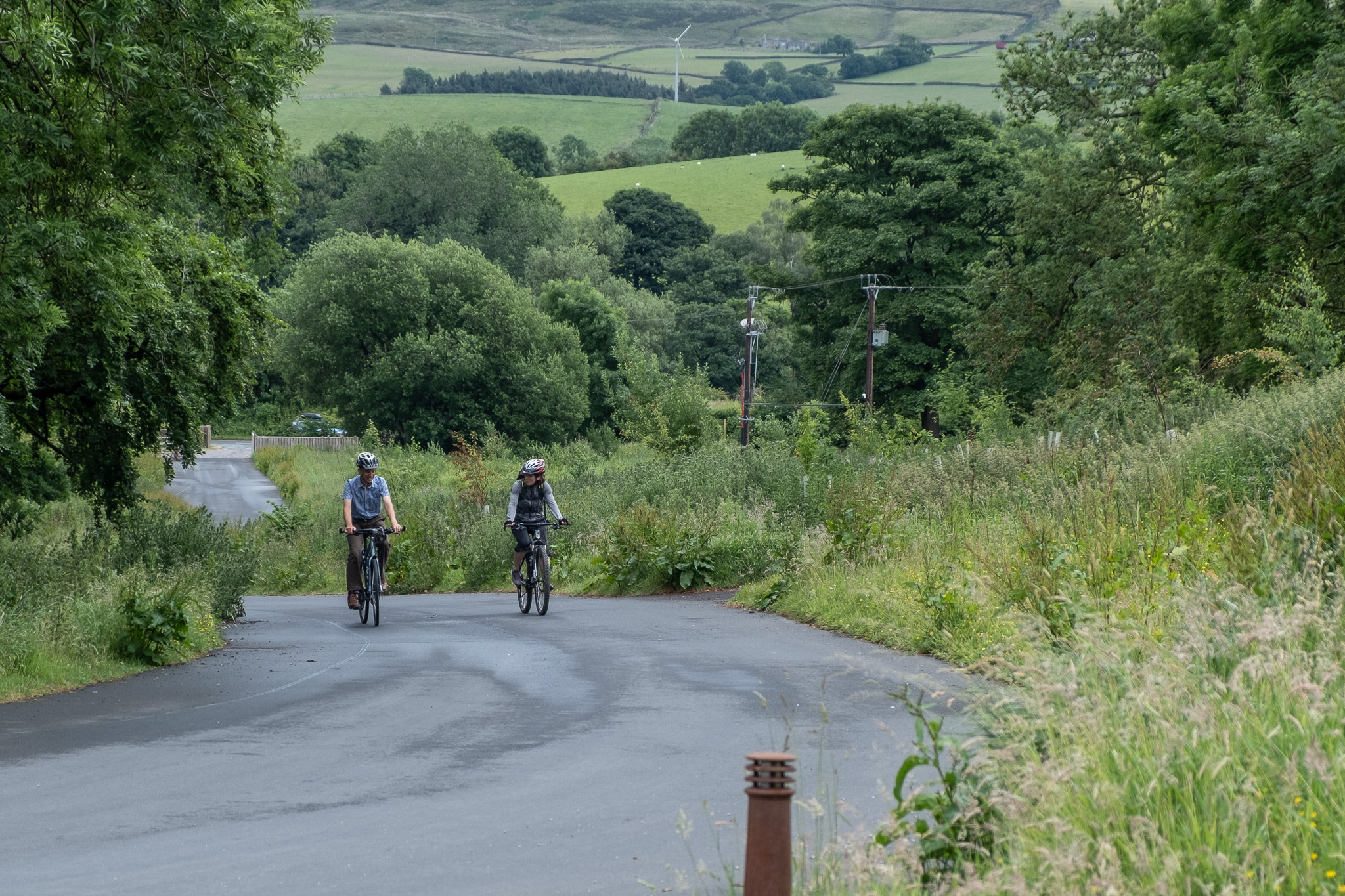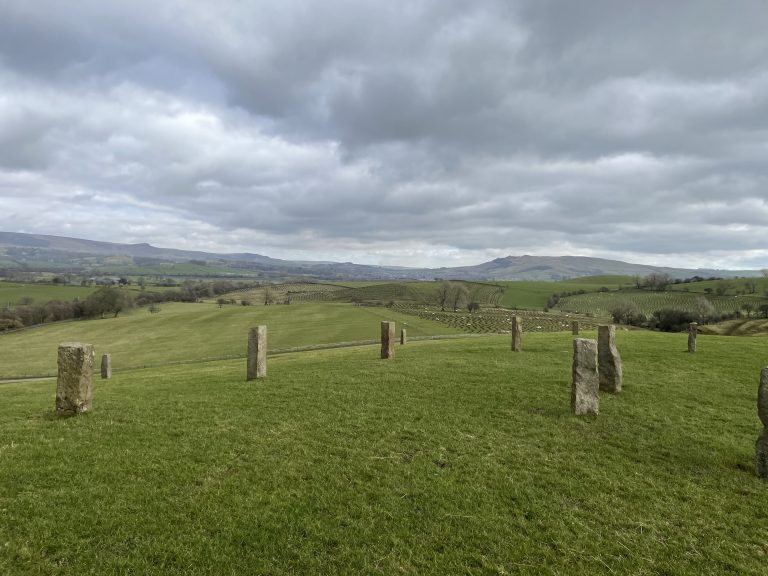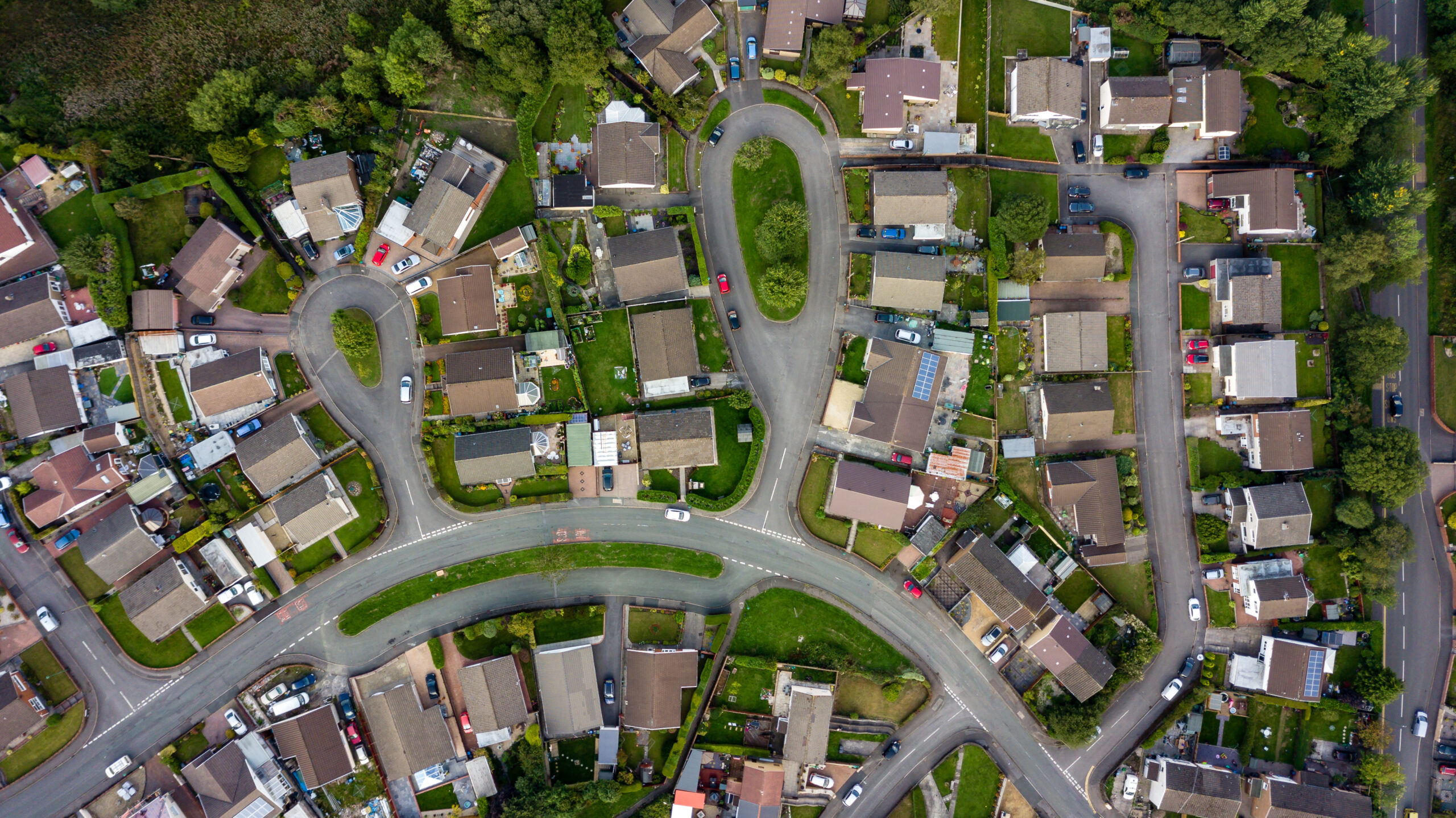Why a place-based approach matters more than ever for future resilience
As resilience professionals, we often talk about infrastructure, hazard mapping, and interventions. But beneath these tools and approaches lie a simple truth: resilience is rooted in place. It is shaped by the connections people have with their landscapes, their neighbours, and the local economies that support their lives. Increasingly, localism is emerging not just as a policy concept but as a critical ingredient in building resilient landscapes, resilient people and resilient places.
Localism as everyday resilience
Resilience planning often focuses on major infrastructure, but what happens in the event of systemic disruption? At the National Consortium for Societal Resilience conference in March, a scenario was presented envisioning a cyberattack that incapacitated the UK’s energy grid. The conversation quickly shifted to what mattered most: food access, local support networks, and education systems that can prepare young people to thrive in both digital and sustainable futures. We recognised the significance of these factors during the blackout in April on the Iberian Peninsula, highlighting how decentralised, community-based preparedness can fill the gaps left by broader systems.
In these situations, the power of allotments, school gardens, and local food banks becomes clear. These aren’t fringe efforts; they are vital, community-owned infrastructure. And yet, a recent study by Borough Market found that many school children cannot identify basic vegetables. This is often driven and exacerbated by food deserts, a topic Dominic Watters spoke passionately about at the Oxford Farming Conference in January. He explained his ongoing struggle to access fresh meat, fruit and vegetables, despite living in the so-called ‘Garden of England’ in Kent, where all these foodstuffs are grown.
Both situations highlight a gap that we need to address as part of our wider resilience agenda, supporting vital, localised responses to shocks and changes.
Food and land use strategies
The UK Food Strategy and the Land Use Framework are two critical national instruments that, if implemented with localism as a key principle, can drive systemic change. Both strategies will and should shape how we manage land, support livelihoods, and secure long-term food security and ecosystem health. However, if they are to succeed, they must enable and empower local actors – farmers, communities, councils, national parks, catchment partnerships, and local enterprise – to tailor national ambitions to local context.
The Food Strategy has the potential to support more resilient local food systems, with shorter supply chains, circular economies, and a stronger connection between producers and consumers. Complementing it, the Land Use Framework could be a powerful tool for balancing competing demands on land. We have seen examples in recent years of large corporations buying up swathes of farmland to create monocultures of woodland for carbon credits. The loss is not just to food production, but also the erosion of rural social systems. Farmers are not just producers, they are custodians of landscape and culture. Their decisions shape flood resilience, biodiversity, and local economies.
Defra has developed principles to support strategic spatial planning: (1) Co-design, (2) multifunctional land, (3) playing to the strengths of the land, (4) decisions fit for the long-term, (5) responsive by design. Localism is essential to making these principles work in practice. Without the active involvement of local and regional actors who understand the unique pressures, assets, history and aspirations of their places, these principles will not meet their potential. Localism can provide the agency, insight and flexibility needed to bring the principles to life.
Net Zero
The UK has made progress in reducing its national carbon emissions. The ONS reported in October that territorial emissions had dropped by ~50% (since 1990). But, as Dieter Helm and others have pointed out, much of this progress is a result of outsourcing emissions, and we are failing to account for emissions embedded in imported goods. We’ve closed heavy industries and manufacturing, only to import those same goods – along with their carbon footprints – from elsewhere. While this may benefit our national carbon balance sheet, it often weakens local economies, leaving behind communities with reduced employment, hollowed-out services, and little capacity to adapt to future shocks.
This presents a paradox. In the name of climate mitigation and responding to the climate emergency, we may be locking ourselves into pathways that undermine social and economic resilience. Localism demands that we rethink this trade-off.
Rediscovering the value of local production
Local manufacturing and production once provided not only jobs, but also identity and intergenerational continuity. As highlighted in Patrick Grant’s book ‘Less’, where he reflects on British fashion and the decline of textile mills, outsourcing these industries has not just raised emissions elsewhere – it has eroded the social fabric of many northern towns.
Rebuilding local production, whether in textiles, food, or renewable energy, is about more than nostalgia. It’s a forward-looking resilience strategy. It reduces dependency on long global supply chains, retains wealth locally, and fosters pride of place.
The 20-minute neighbourhood
The idea that everything you need should be within a 20-minute walk or cycle has gained traction since the COVID-19 lockdowns and has been implemented in cities such as Paris and Melbourne. This concept promotes not only sustainability but also cohesion and resilience, encouraging people to spend more time in their locality. Cleaner air, stronger community ties, and thriving local economies all flow from more compact, localised living.
This was touched on in Natural England’s recent blog post, which highlighted that one-third of people cannot access quality natural spaces within 15 minutes of their home. Natural England presents community-led solutions that have transformed urban spaces, such as in Bradford and Birmingham, where locals have been empowered to reimagine their environments, supported by the Green Infrastructure Framework.

A new kind of impact assessment: the localism lens
Just as we assess environmental or carbon impacts, we should assess how projects affect local structures. Could a flood scheme be built using local contractors? Could it create long-term skills or employment in the area? What functions - social, economic, cultural - might it support or undermine? This highlights the role localism can play in delivering social value in communities, which we discussed in a recent piece here.
Engagement and assessment should also shift from a deficit-based approach ("what does this community lack?") to one that identifies and builds on existing strengths. Local knowledge, heritage, and history are valuable assets. We must work with communities not just as beneficiaries, but as partners with agency. This approach has a far greater chance of delivering resilient communities than a deficit-based approach.

Embedding localism in resilience
Resilience is not something we can build solely from the top down. National frameworks are important and necessary; however, so too are local capacity, pride, participation, inclusion, and prosperity. Localism isn’t about parochialism or resisting change; it is about anchoring adaptation in real lives and places.
In future-proofing our landscapes and communities, we must look beyond metrics and models. We must value the people and places that shape resilience every day - often quietly and at the local level. If resilience is about enabling society to thrive in a changing environment, then localism is not optional; It is essential.
Localism is not the opposite of national strategy. It is what makes national strategy deliverable, legitimate, and enduring. By embedding local governance, adaptive management, and community voice into implementation, the UK can ensure its strategies truly enhance resilience, not just on paper, but on the ground.

Contact Jenny Broomby or Phil Emonson for more information.



